Ok, but really,
how are you using AI?
We’ve got questions...
We here at Visily believe something magical happens when product managers, designers, and engineers commit to collaboratively building new products and features.
We also know AI can be a force multiplier in this process, particularly when applied to collaborating on UI ideas (because, well, that’s kind of our thing…).
In fact, the convergence of these two things—cross-functional product work and AI-assisted productivity—are core to what we do at Visily!
Despite our enthusiasm, however, we’ve noticed a couple of concerning trends lately related to AI in the workplace. On the one end, there are the headlines like…
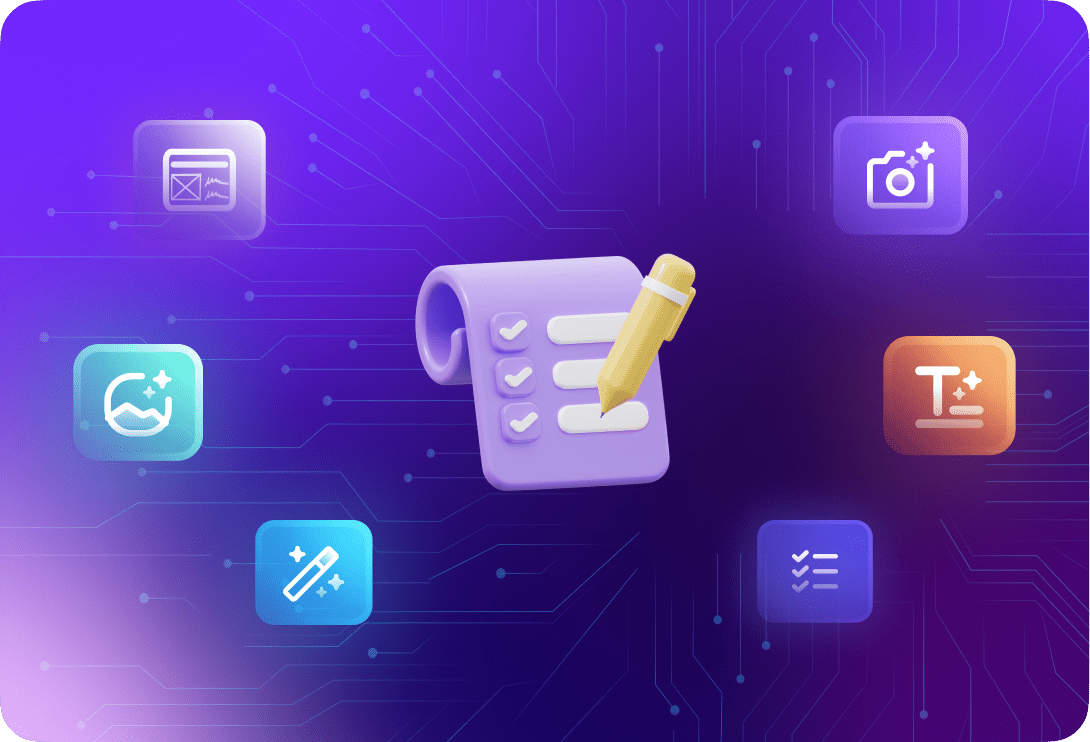

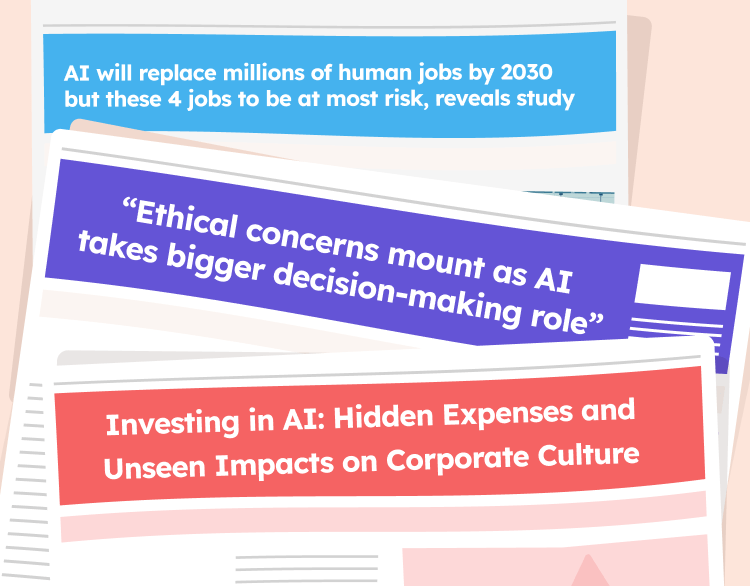
But if you’ve spent 5 minutes on LinkedIn in the last few months, you’ve likely encountered more than a few posts extolling the transformative power of AI in all facets of work (and life!).
We know there are multiple valid perspectives and experiences related to AI in the workplace, most of which fit neither into the “sky-is-falling” headlines or the “AI-can-do-no-wrong” fan boy camps. But amid all the doomsday scenarios and too-good-to-be-true LinkedIn posts, we had one question for product builders: ok, but really, how are you using AI?
What we learned was surprising...

What we learned was surprising...
Our Takeaways
Product teams are committed to using AI. Full stop.
Note: for this purposes of this survey, we’re referring to the engineers, product managers, and designers we surveyed collectively as “product teams”.
- 88%
say “I am excited about the ways AI will help me do my job better”
- 89%
say “I look for new ways to incorporate AI into my work”
Sampling bias notwithstanding, this aligns well with what we hear generally from product organizations: there’s a palpable enthusiasm around the potential of AI to transform the execution speed of their product initiatives.
But this commitment isn’t without some reservations
Unsurprisingly, respondents also expressed concern about the downsides of using AI in the workplace.
For example, a slight majority of respondents agreed with the statements “I am concerned about AI’s impact on security (data, software, etc.)” (51% agree) and “I am concerned about the financial costs of using AI” (54% agree).
Only 48% of respondents stated they have ethical concerns about using AI (the data used for training, for example). Also, despite all the talk of AI replacing jobs, only 29% agreed with the statement “I am concerned about AI’s impact on my job security (redundancy, replacement, etc.)”. This, of course, doesn’t take into account the significant portion of respondents who indicated they “neither agree nor disagree” with the statements in the survey:
- I am concerned about AI’s impact on security (data, software, etc.) [34% neither agree nor disagree with this statement]
- I am concerned about AI’s impact on my job security (redundancy, replacement, etc.): [32% neither agree nor disagree with this statement]
- I am concerned about the ethical concerns of using AI (copyright infringement, data used for training, etc.): [31% neither agree nor disagree with this statement]
- I am concerned about the financial costs of using AI: [30% neither agree nor disagree with this statement]
- I am concerned about AI’s impact on security (data, software, etc.) [34% neither agree nor disagree with this statement]
- I am concerned about AI’s impact on my job security (redundancy, replacement, etc.): [32% neither agree nor disagree with this statement]
- I am concerned about the ethical concerns of using AI (copyright infringement, data used for training, etc.): [31% neither agree nor disagree with this statement]
- I am concerned about the financial costs of using AI: [30% neither agree nor disagree with this statement]
How should we interpret these results?
Our sense is that, while many people have heard about the possible downsides of AI, they’re taking a “watch and wait” approach before coming to any conclusions. One thing is for sure, however: this uncertainty isn’t deterring product teams from incorporating AI into their workflows.
Attitudes and AI usage differ by role
For designers, it’s, well, complicated
- Among the primary roles surveyed (product managers, engineers, designers, and founders/CEOS), designers have by far the most complicated relationship with AI.
- On the one hand, 88% of designers who took the survey indicated they “look for new ways to incorporate AI into [their] work”—among the highest of the roles surveyed; however, relative to the other roles surveyed, designers also showed the most concerns:
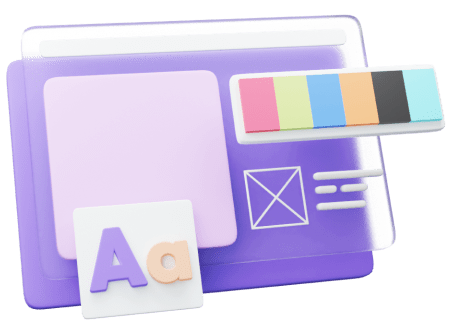
Designers: AI Skeptics?
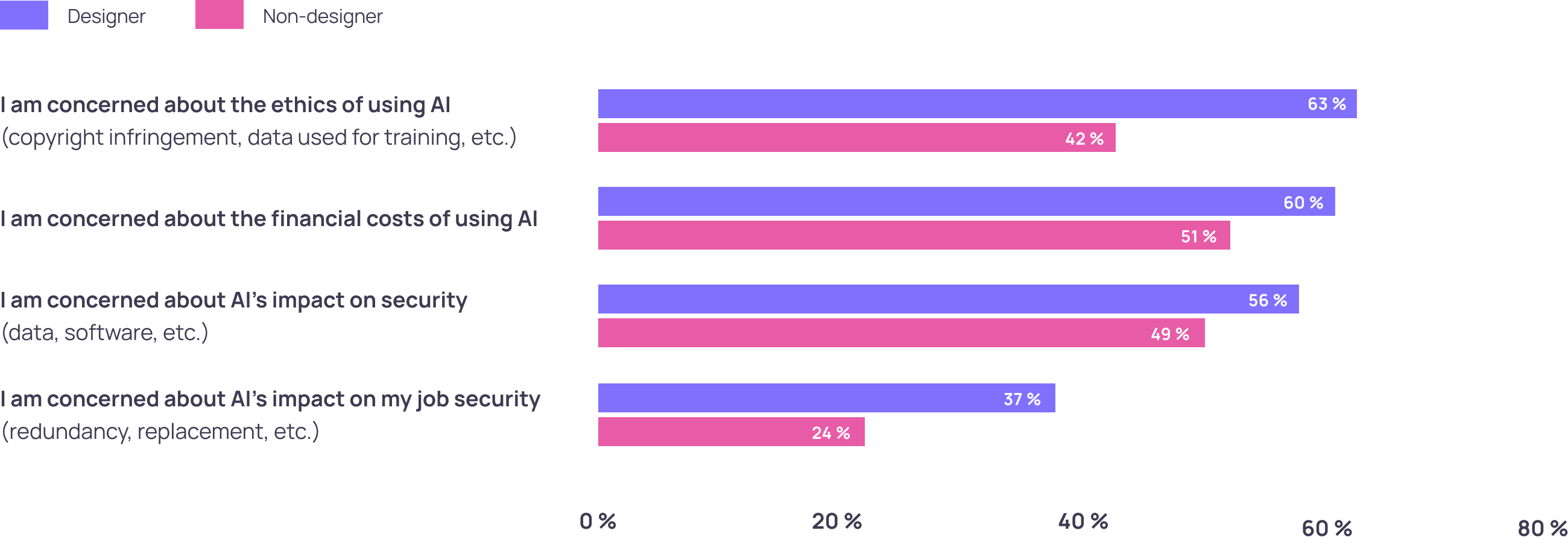
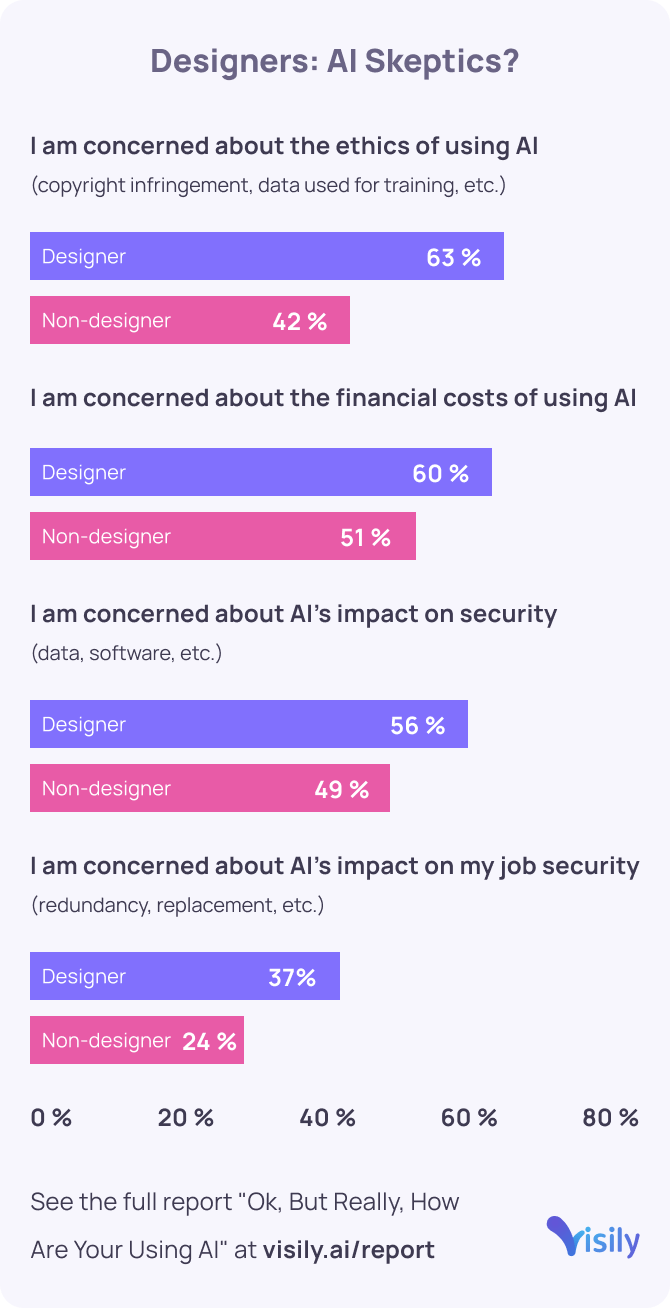
Though the vast majority of designers agreed with the statement “I think AI will improve the way my team and I work in the near future” (83%), all other roles expressed more agreement with this statement (87% of non-designers agreed).
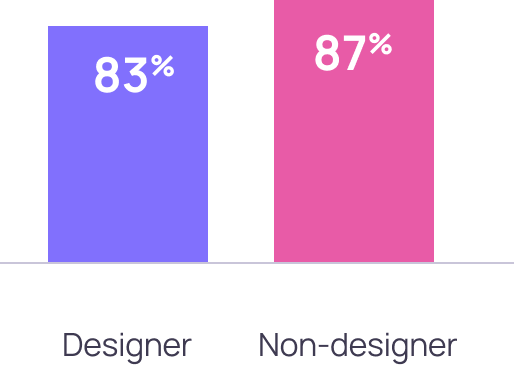
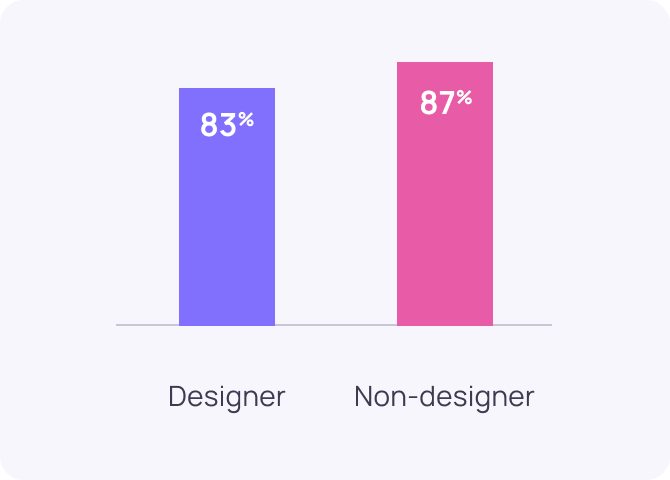
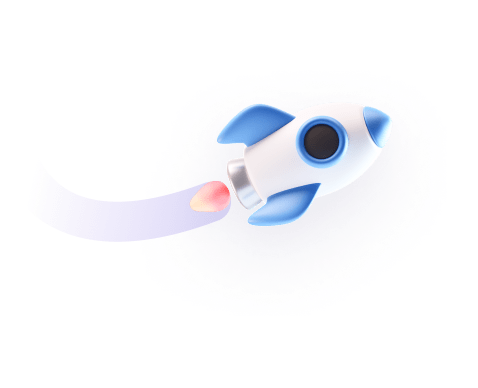
Founders & CEOs: “Bring on the AI revolution!”
In contrast to designers, founders and CEOs appear to have the fewest inhibitions and most enthusiasm about widespread AI adoption:
Only 15% expressed concerns about their job being threatened by AI (surprise, surprise)—by far the lowest percentage among the roles surveyed. 96% of founders agreed with the statement “I am excited about the ways AI will help me do my job better”.
CEOs exhibit more optimism and less concern about AI
“I am concerned about AI’s impact on my job security (redundacy, replacement, etc)”
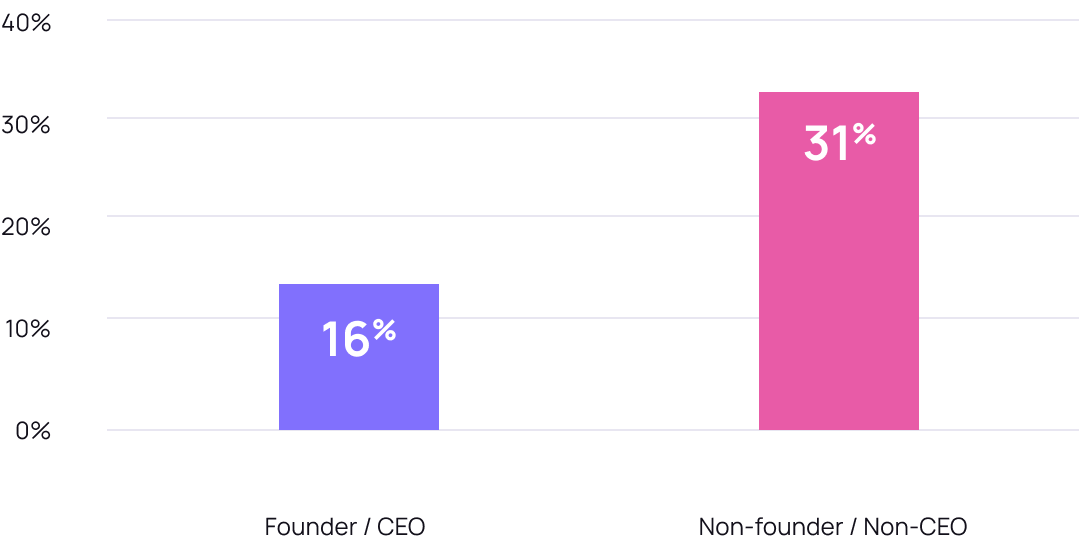
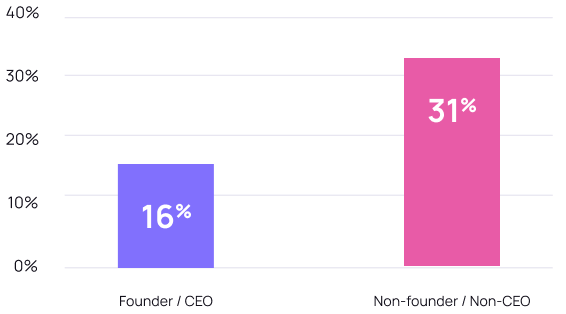
See the full report “Ok, But Really, How Are Your Using AI” at visily.ai/report
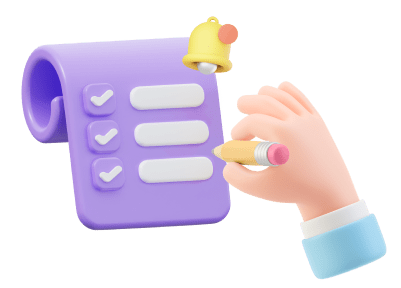
So, how are people currently using AI?
Given the popularity and accessibility of LLMs, it’s unsurprising that the most common application of AI among is writing (63% of respondents).
The role-agnostic nature of writing, coupled with the numerous AI-assisted writing apps (Jasper, Writer, Copy.ai, etc.) likely contributes to this as well.
Ideation and brainstorming, was only a slightly less popular application of AI: 59% of respondents said they use AI for help them come up with ideas.
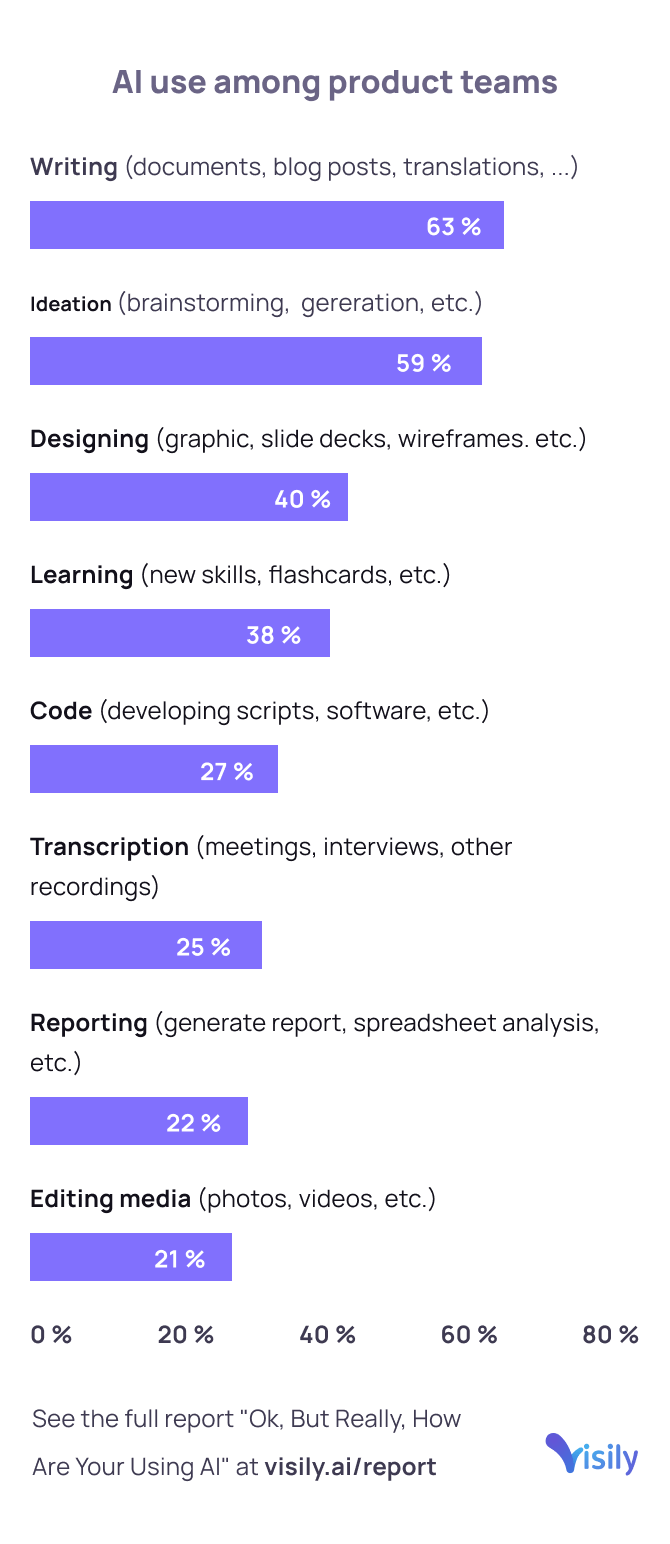
Designers surprise us—again…
Interestingly, designers were the most likely among surveyed roles to use AI for brainstorming activities (90%) as well as writing documents (86%). This is especially notable given that they were the second least likely to use AI for design activities (41%—the only ones less likely to use AI for design are engineers).
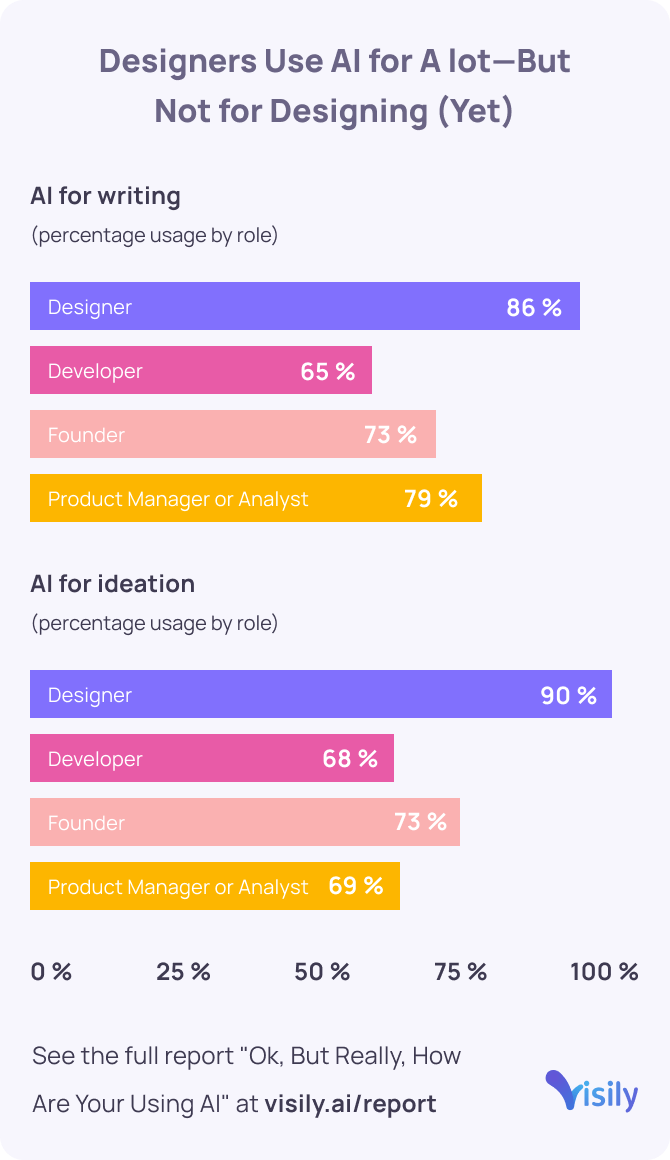
AI-assisted design is growing
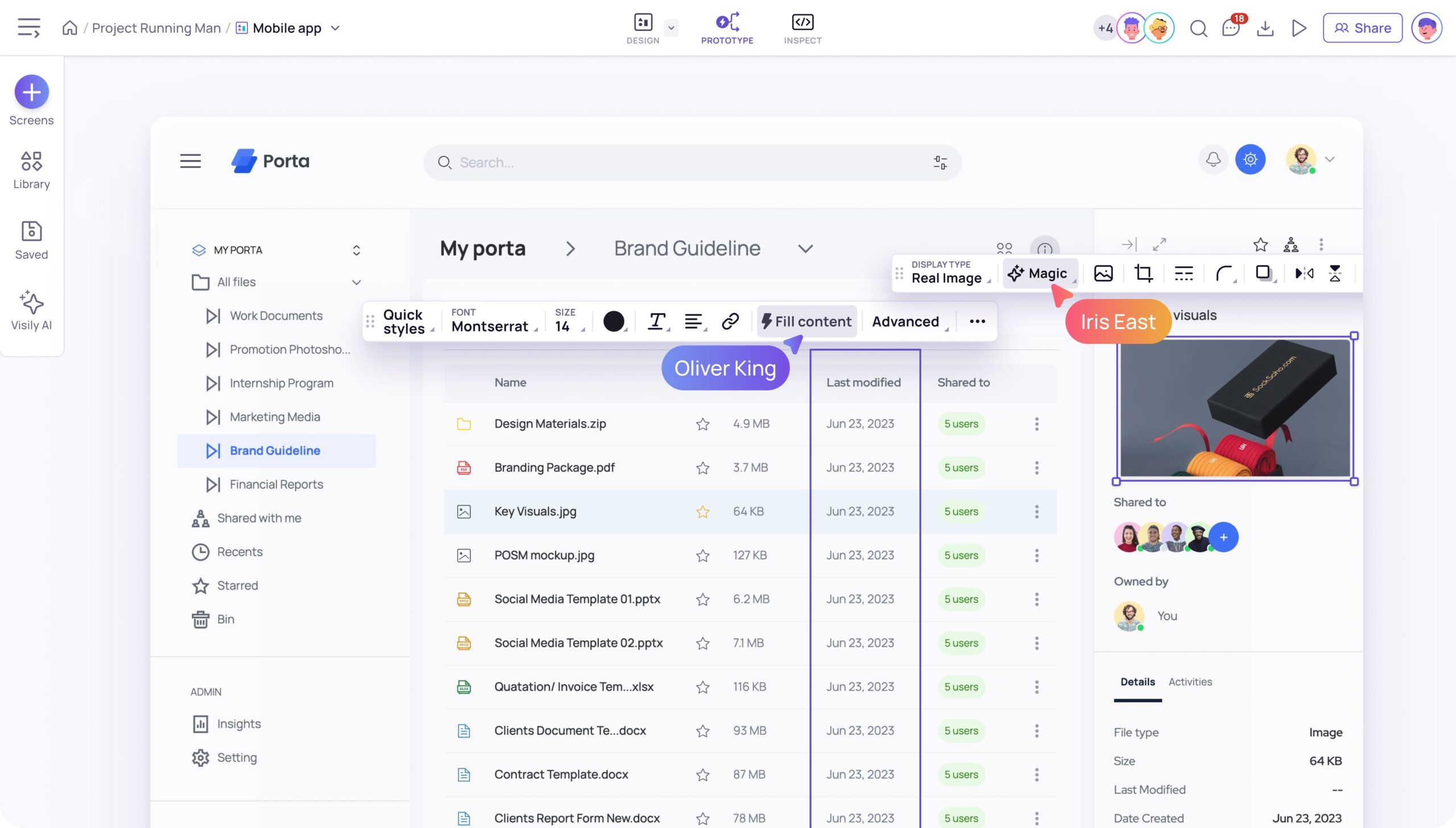
Visily’s own usage data indicates that AI use in diagramming and wireframing is rapidly increasing—particularly among non-designers. Beyond the time saved, our user research indicates that the primary motivation is simply that AI can do the design tasks that non-designers have neither the ability nor interest in doing.
Oh, and this is where we plug Visily: if you’d like to see how you can take a screenshot of a UI you like an convert it into a fully configurable design, give Visily a shot!
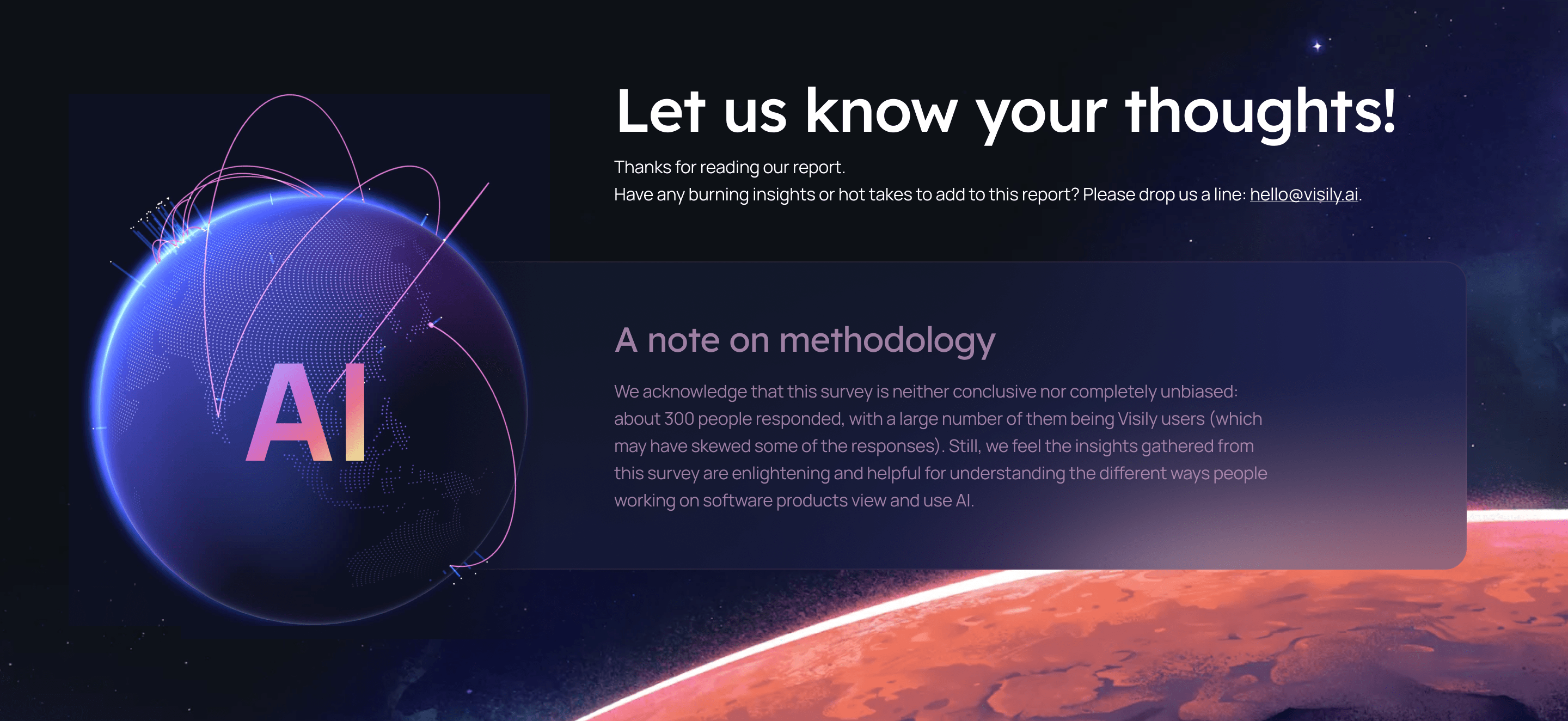
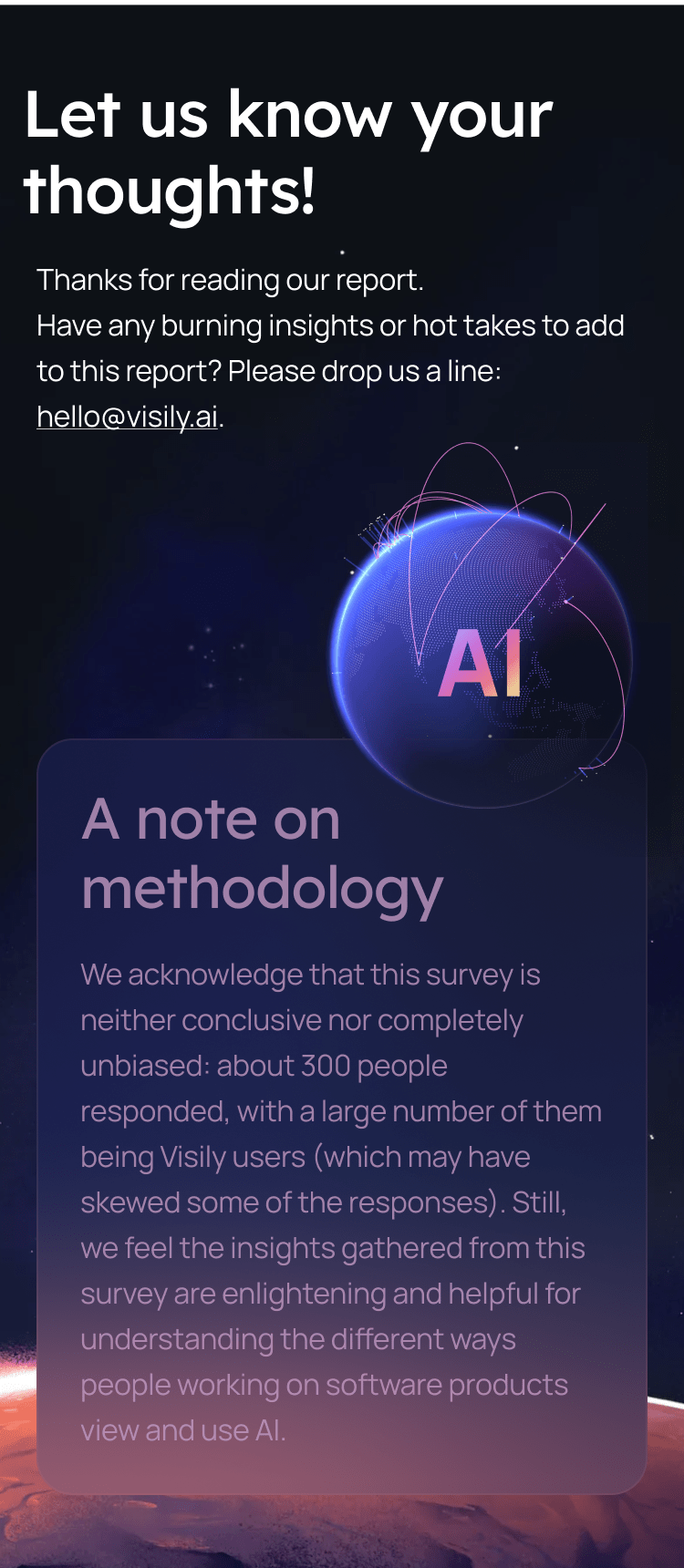


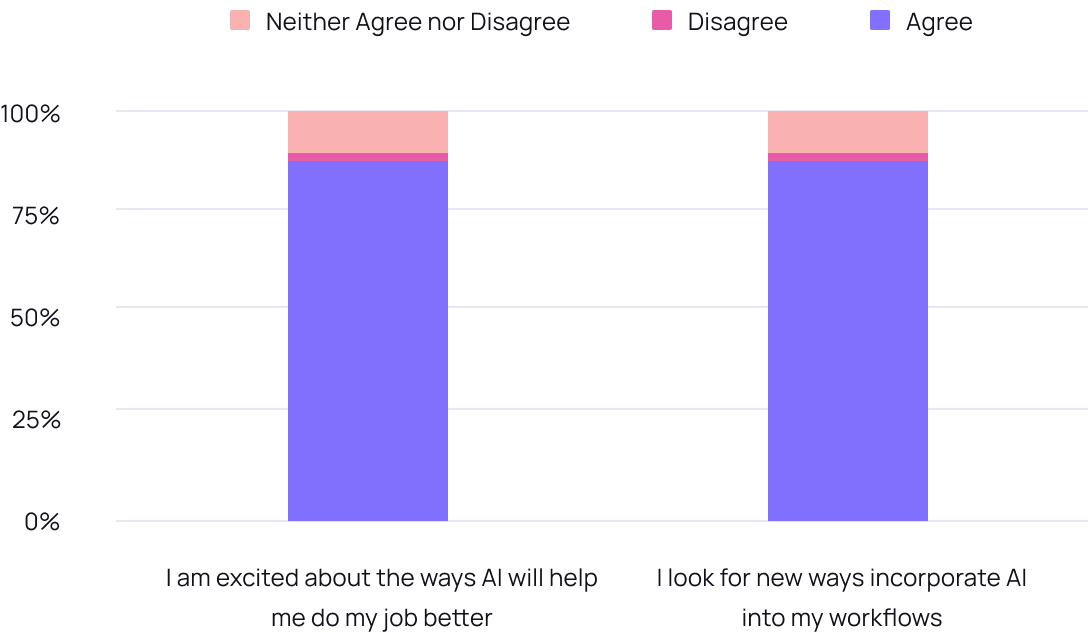
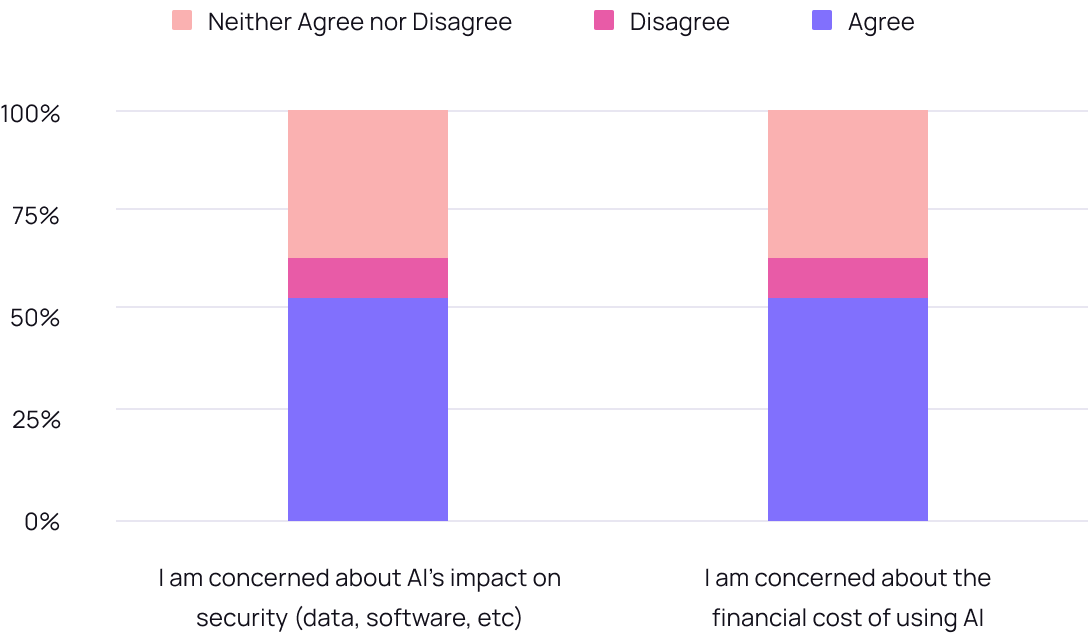
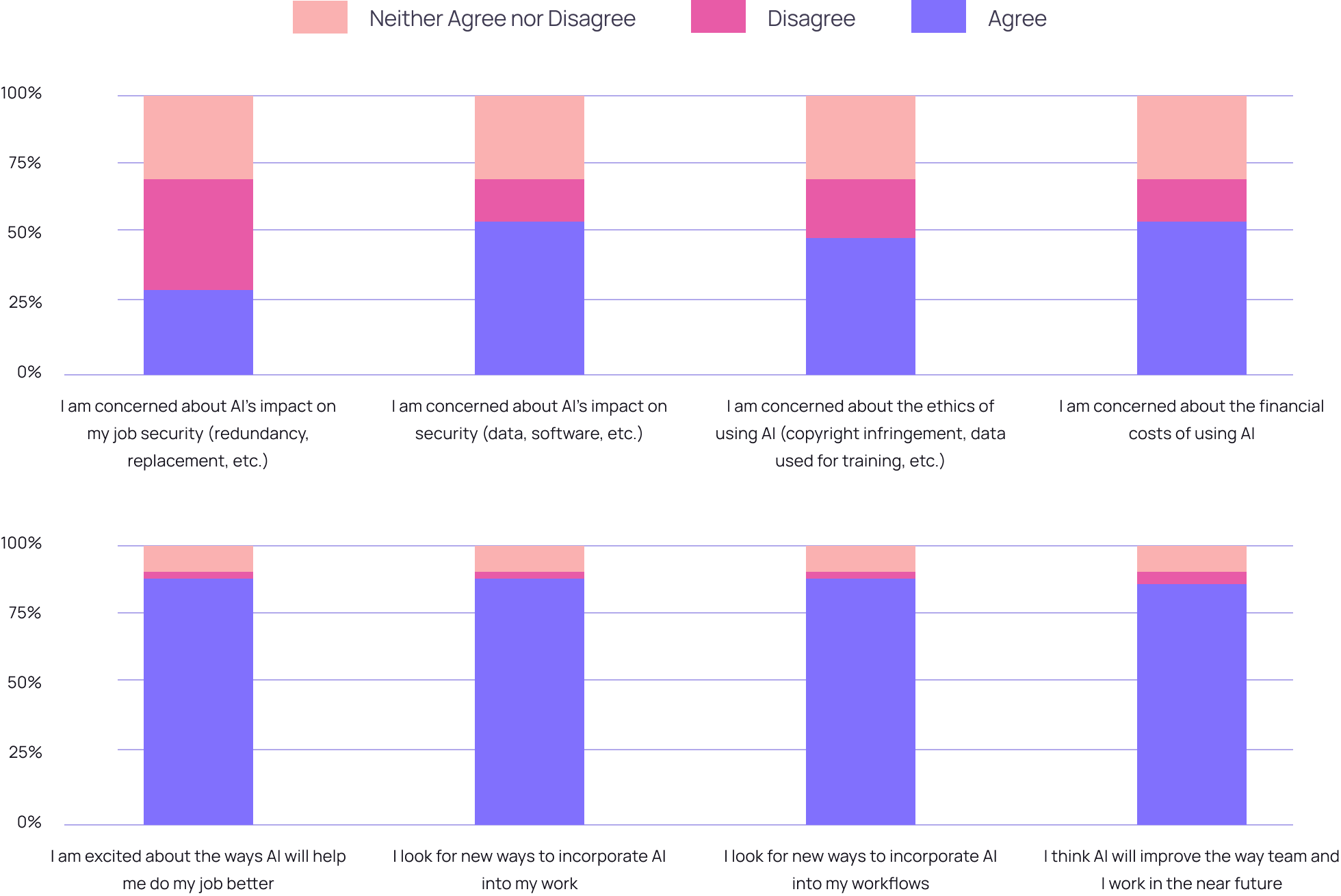
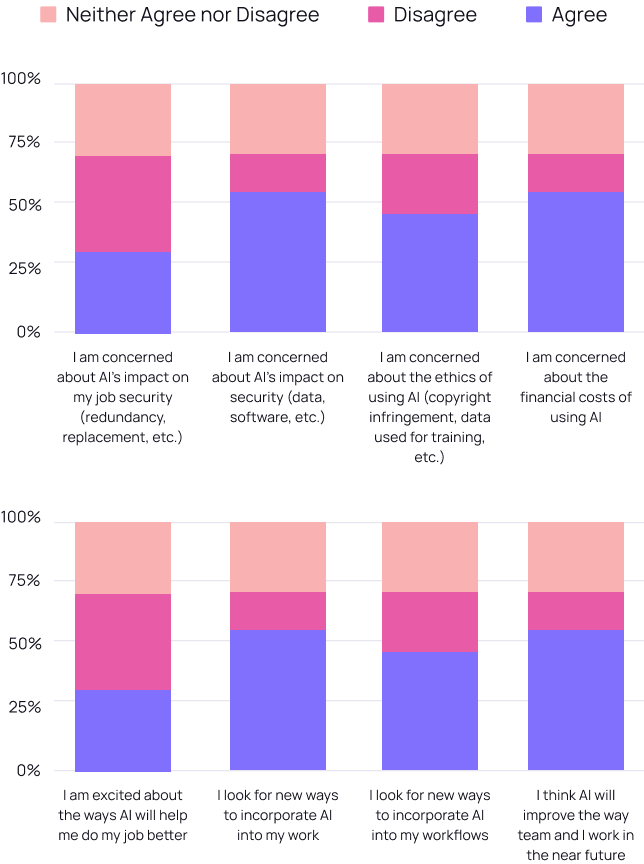
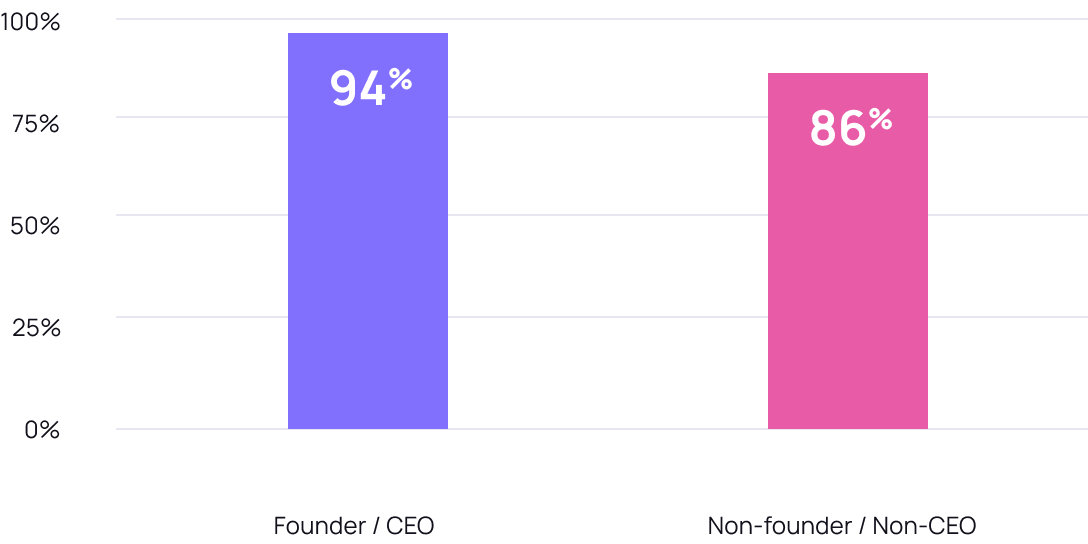
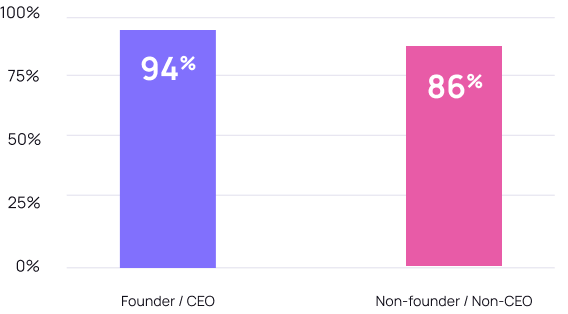


Copied